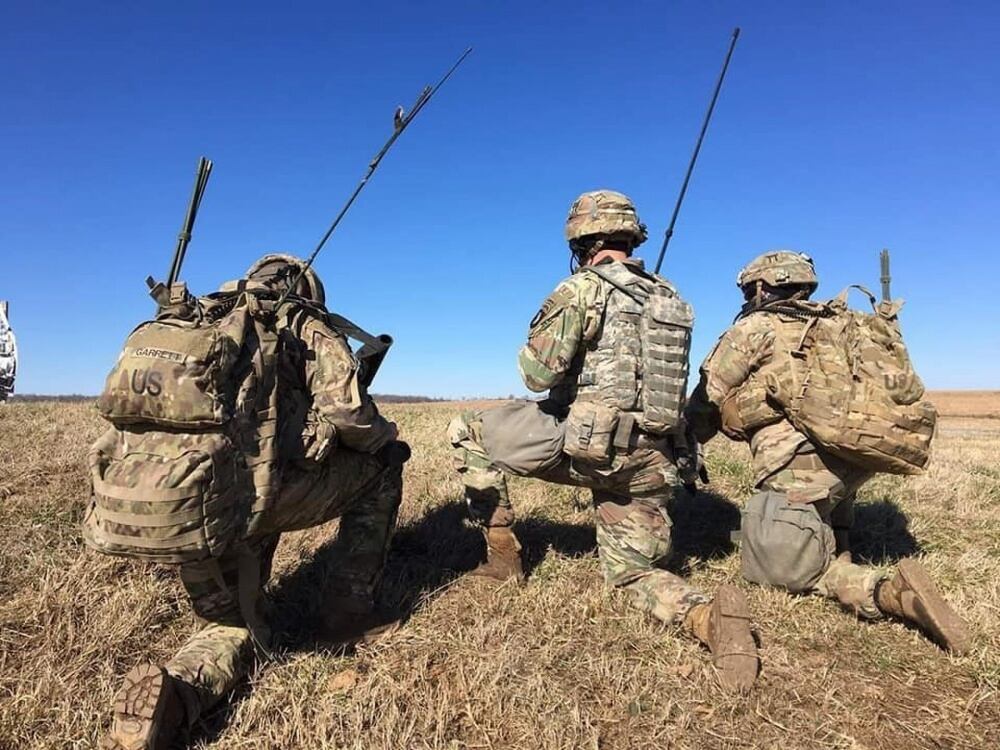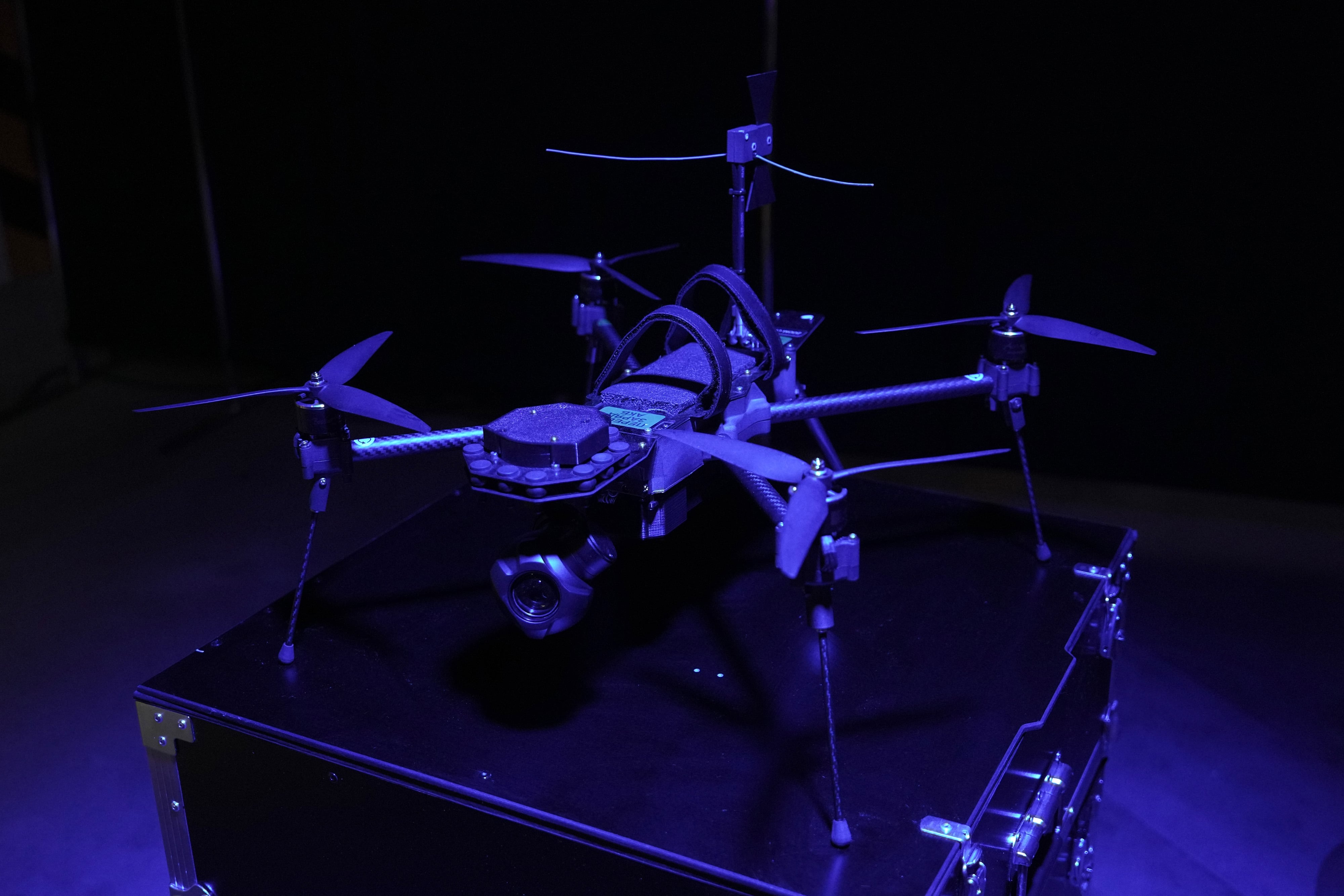After a U.S. drone strike killed Iranian Maj. Gen. Qassem Soleimani, Pentagon leaders sent a brigade from the 82nd Airborne Division to Kuwait.
But that brigade had been slated to serve as the test unit for the first part of the Army’s new Integrated Tactical Network, known as capability set 2021, and which is made up of a mix of existing programs of record and commercial off-the-shelf capabilities and is expected to improve communications and situational awareness from command post to the tactical edge.
Now, Army officials said Jan. 21 they plan on using a series of events to validate the first full delivery of its modernized tactical network to four brigades in 2021 rather than a single test event.
RELATED

“We’re looking at some alternative events, potentially some forward operational assessments” in place of the planned operational test for the kit, Maj. Gen. Dave Bassett, program executive officer of command, control, communications-tactical, told C4ISRNET. “We now have a slightly longer timeline to get after that to give us, we think, the same kind of information, which allows us to make the design decisions we need to make as well as the procurement decisions that follow.”
The strategy – which is also being worked through with the Pentagon – will include using a series of targeted individual events to get specific data points for specific parts of the equipment. This could be an operational deployment for soldier feedback on how the system performs during operations – which won’t be instrumented – or leveraging events within the United States at proving grounds that will be instrumented.
Officials also explained that a lot of the instrumentation has already been conducted in a lab environment.
“Despite the fact that we think some subset of that equipment could be going with the operational unit, we can gather the information we need in other ways and keep that process moving forward,” Bassett said. “I think there’s a misconception; the only way that we can learn this is in one big operational assessment. What we said to the team was ‘we’re not doing that anymore.”
Bassett explained that the priority is giving the deployed – or potentially deploying unit – the equipment it needs to conduct its mission. And Bassett, along with the operational commanders, have asserted that this kit, despite not having passed an official assessment, is better than the legacy equipment.
On the back end, the issue for the PEO is figuring out the best way to continue to answer the necessary questions to make the program decisions backed up by the relevant data.
“We’re saying maybe we can do it in a smaller set of disparate events that nevertheless answer the same questions,” Bassett said. “There’s this perception that if you haven’t done it exactly that way, there’s zero value. Maybe we get 90 percent of the value of this through this alternative set of events and there maybe some things where we actually add a little more data because we weren’t constrained by the timeline leading up to that one event.”
Bassett also pointed out that most, if not all, of the equipment associated with the ITN has been in the hands of soldiers previously.
“All the piece parts of ITN, whether it’s with [Special Operations Command] or other soldier touchpoints, none of this stuff is new, he said, adding, “This is kind of the final refinement of that.”
Mark Pomerleau is a reporter for C4ISRNET, covering information warfare and cyberspace.








